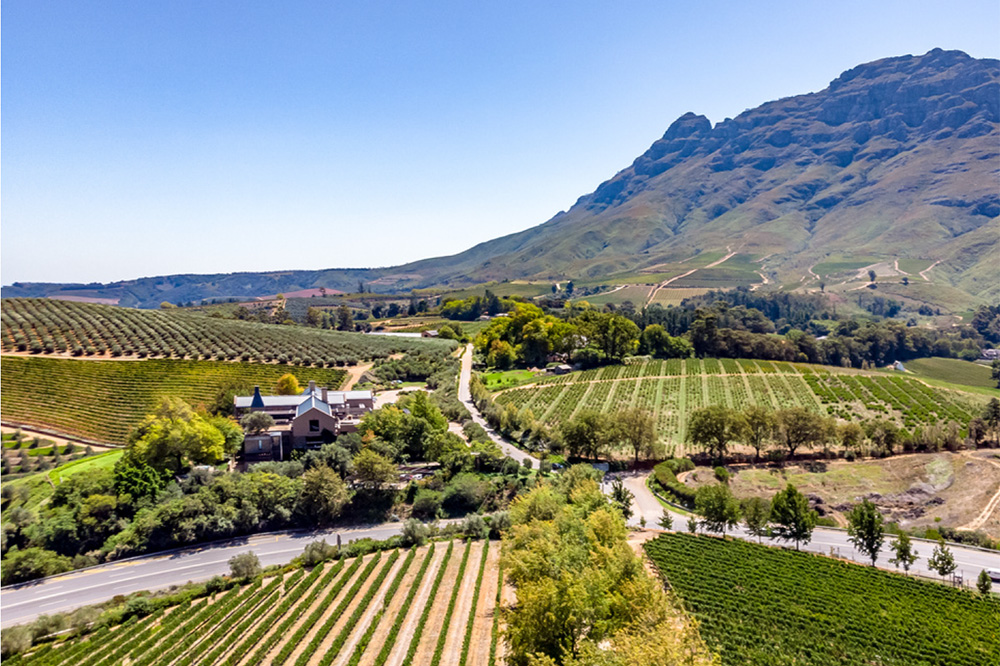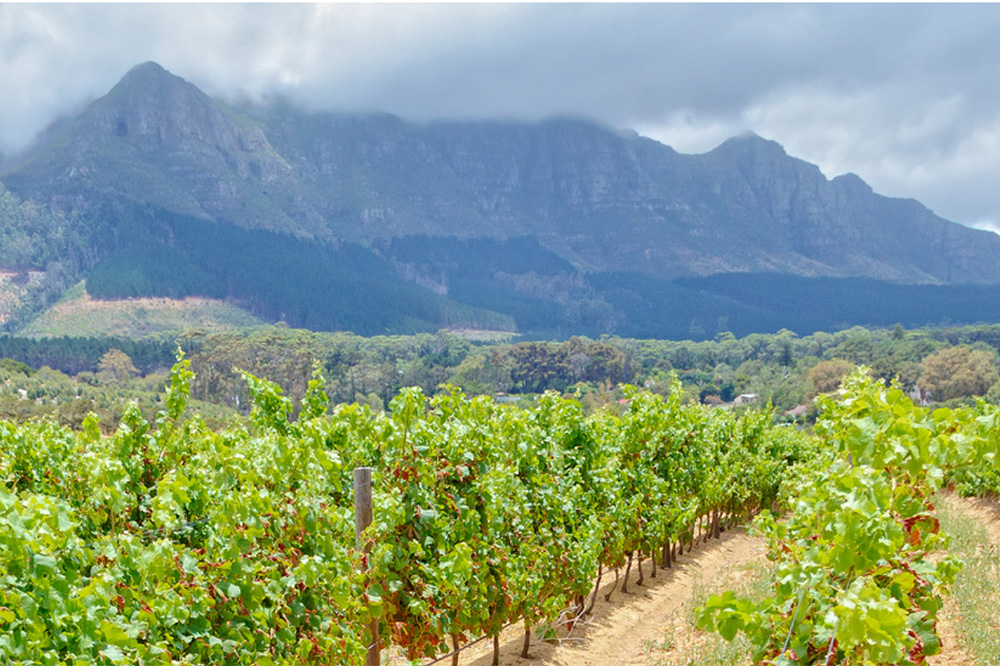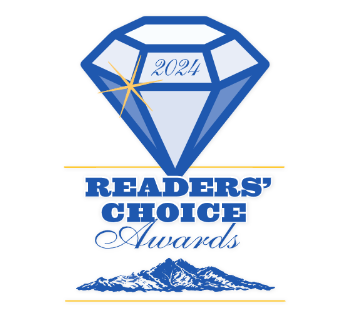Stellenbosch
- Lying just 30 miles east of Cape Town, Stellenbosch is now the unofficial wine capital of South Africa. Virtually all of the Cape’s best known wine estates are in the Stellenbosch district as is most of the foreign investment in the South African wine industry.
- Founded in the 1690s by Huguenot refugees, grape vines were planted shortly after their arrival and have been present in this area ever since.
- Known to produce outstanding reds such as Cabernet Sauvignon, Merlot, Shiraz, and the South African-created Pinotage grape. Stellenbosch also produces world class whites that are fresh, and many times, age-worthy in varietals such as Chardonnay, Chenin Blanc, and Sauvignon Blanc.
- The soils in and around the Stellenbosch area vary from light and sandy on the western valley floor (where Chenin Blanc has historically been grown) to heavier soils on the mountain slopes as well as decomposed granite at the foot of the Stellenbosch, Simonsberg, Drakenstein, and Franschhoek mountains in the east.
- Chenin Blanc and Pinotage were once the predominant varietals in Stellenbosch but have recently been eclipsed in total planted acreage by Sauvignon Blanc, Shiraz, Merlot, and Sauvignon Blanc.
- Cape blends (a red blend which, by law, must contain at least 30% Pinotage juice) have also become very popular in recent years.
- The soils and microclimates are so varied in Stellenbosch that a once-single region has now been subdivided into what are deemed seven wards of Stellenbosch.
- Simonsberg-Stellenbosch was the first of the seven wards to be officially recognized due to its cooler, well-drained southern flanks of the Simonsberg mountains.
- Jonkershoek Valley is a small, but long-recognized area in the mountains just east of Stellenbosch.
- Papegaaiberg is the equal of the Jonkershoek Valley on the east side of Stellenbosch Mountain.
- Very recently, the Bottelary ward to the north, lies on a flat and larger swath of land and takes its name from the hills of the far southwest corner of the Stellenbosch region.
- Banghoek and Polkadraai Hills are two small-producing regions to the far west of the Stellenbosch area.
- Lastly, False Bay, which is open to the aptly False Bay inlet, allows for southerly breezes which combined with the high altitude, slows the ripening of the fruit planted here.





